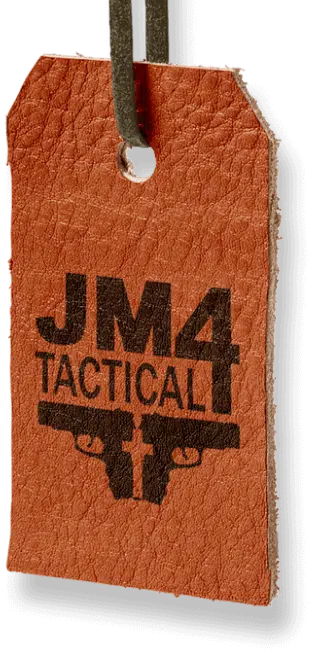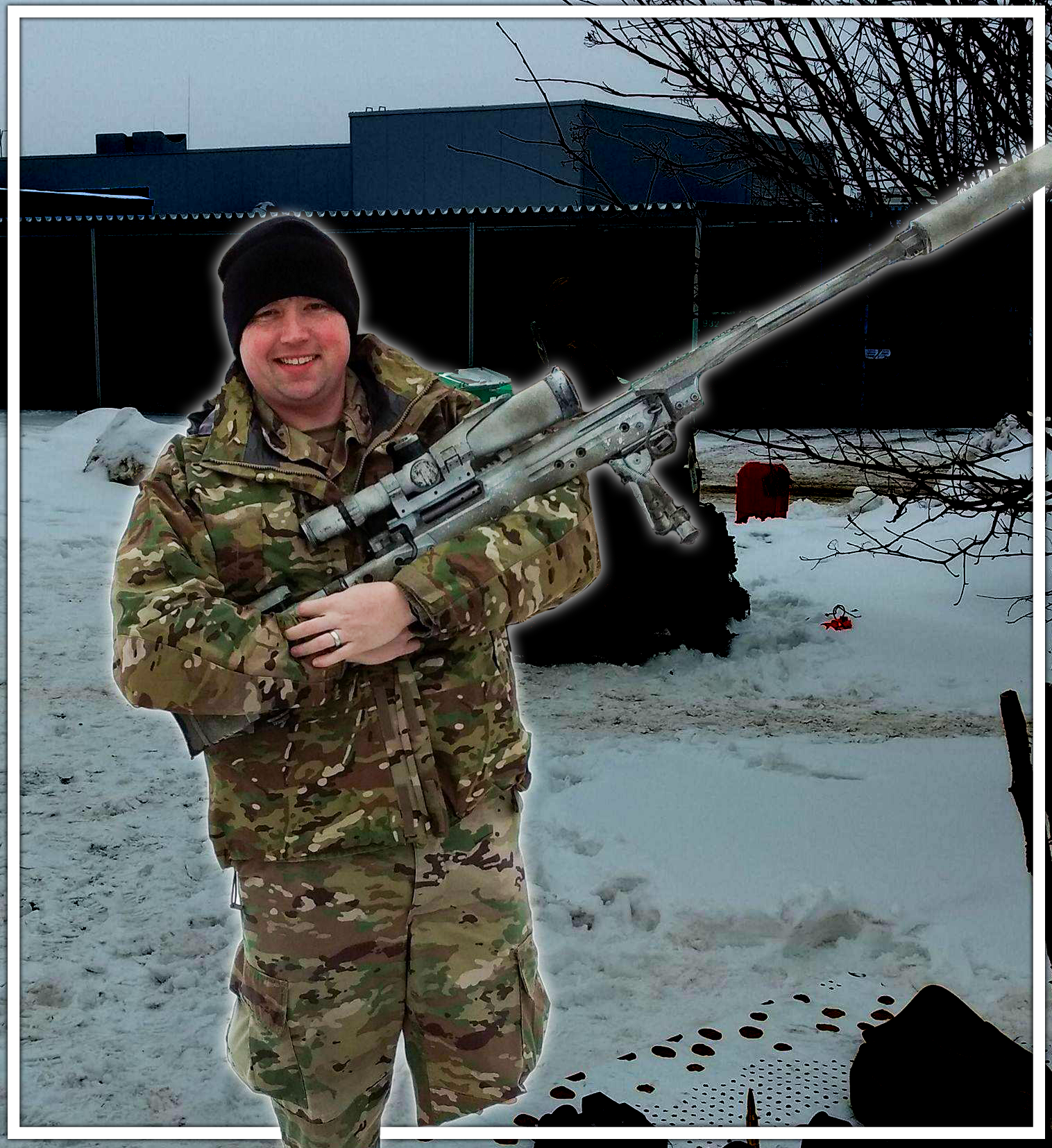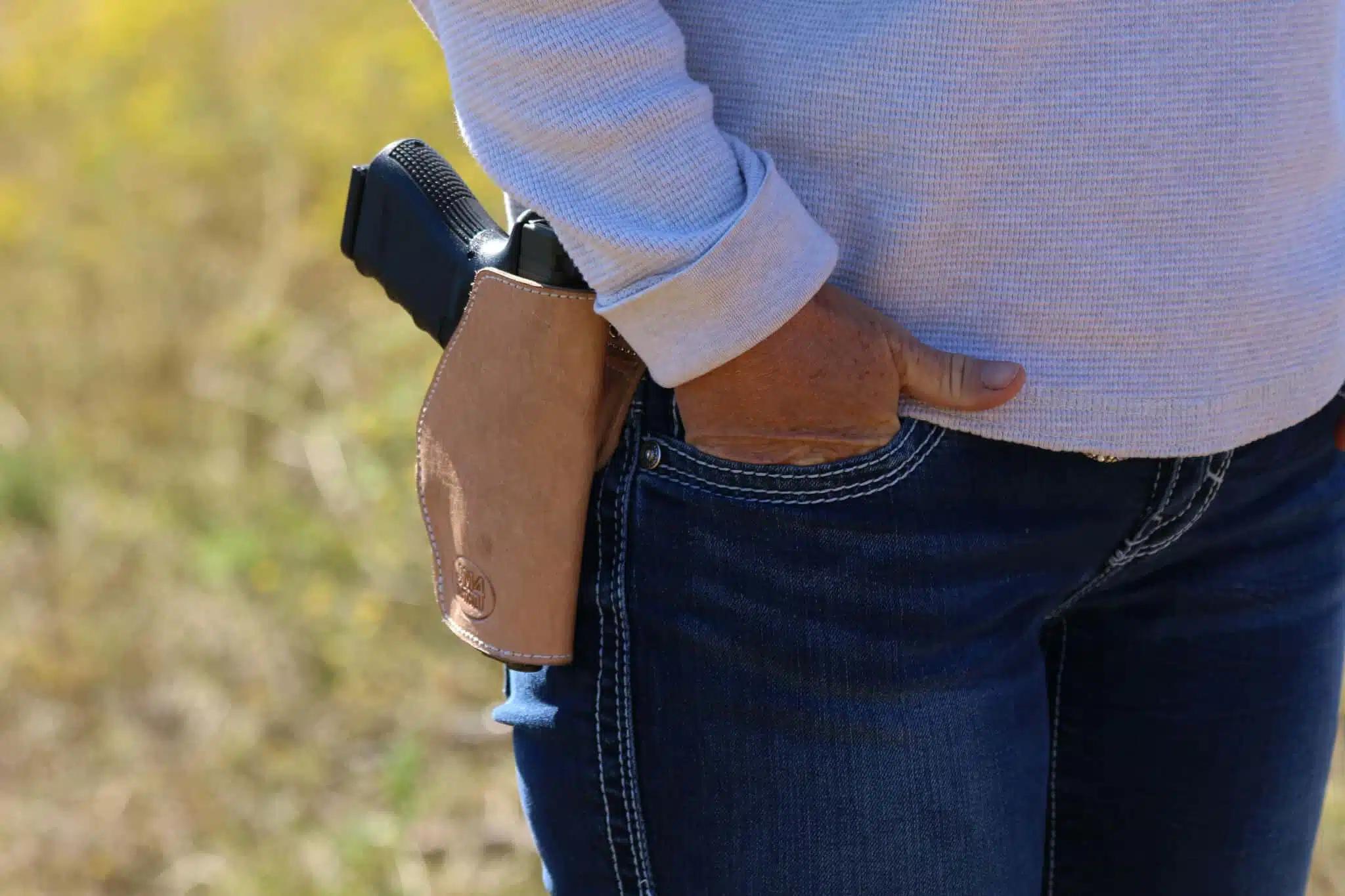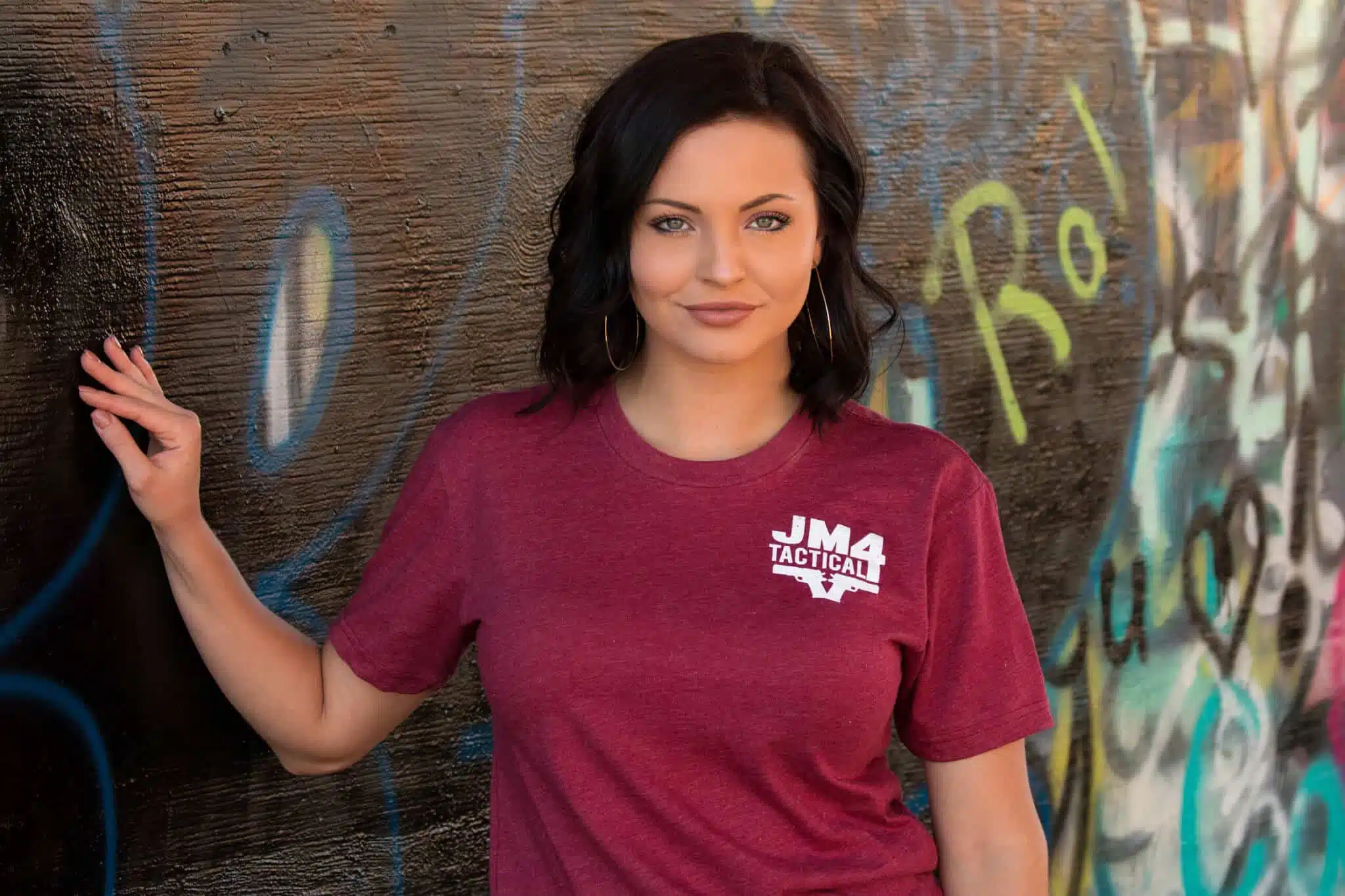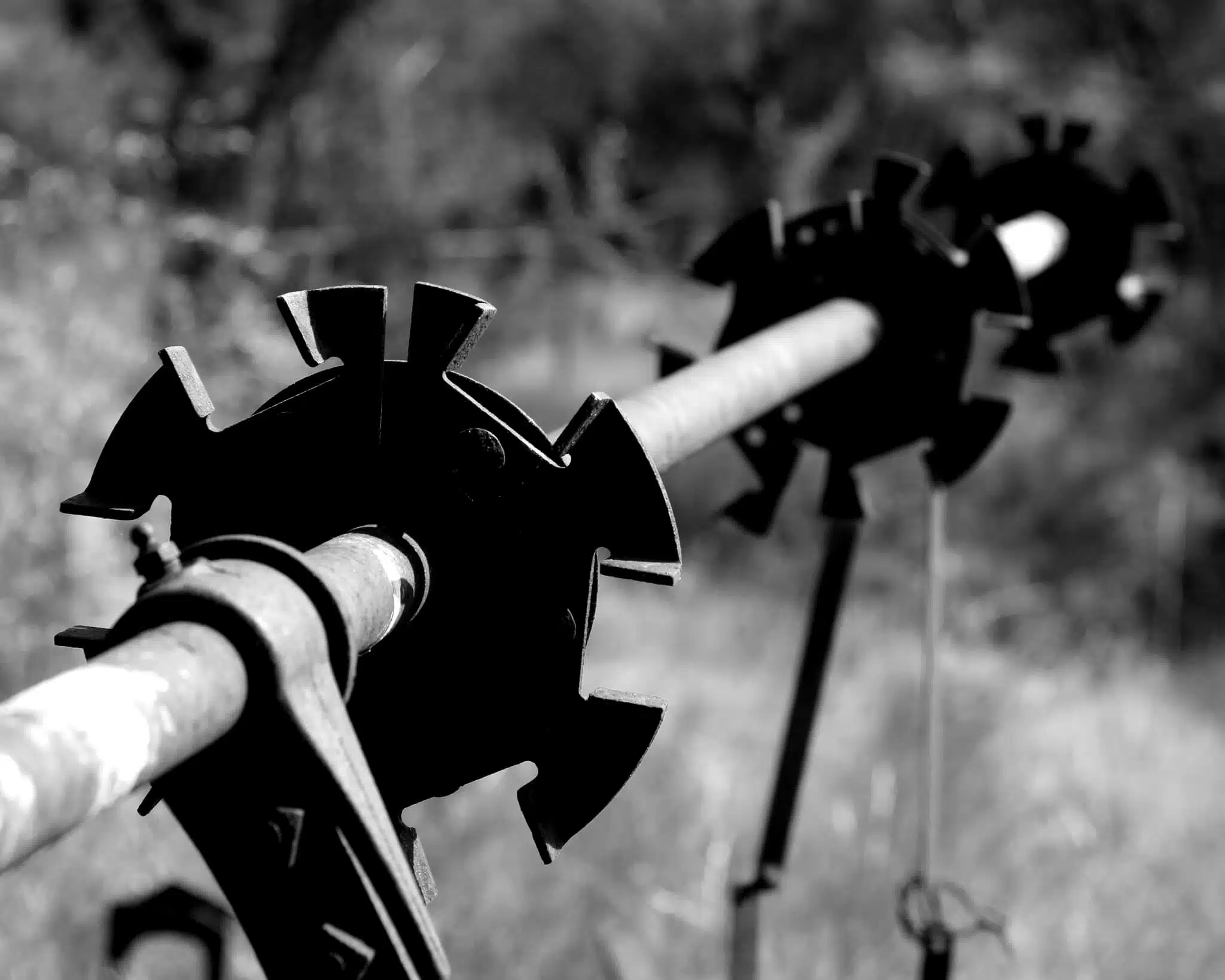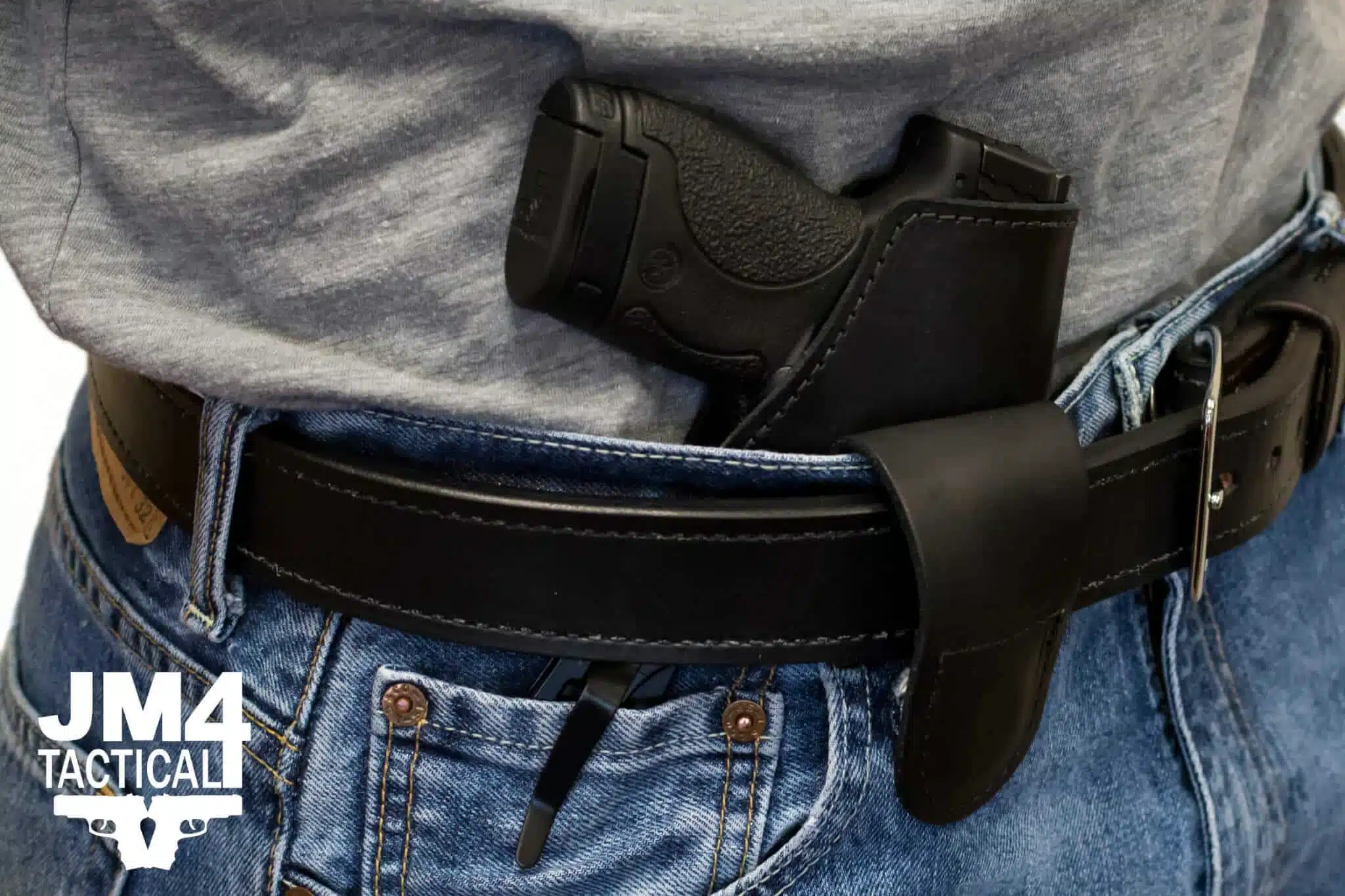Shooting In The Age of Armor

Shooting In The Age of Armor – There is something not discussed a lot because it can be seen as taboo. One of the many lines of defense that we have, aside from being aware, is taking precautions to not go to questionable places and to carry a firearm for self-protection. Body armor has been allowed for civilian purchase (for most of the country) for years, which means that you can wear it as an extra insurance policy if someone gets the drop on you. That said, it varies in its size, type, and expense, as well as it can be concealed or wearable on top of clothing. We sell backpack armor that is a hybrid, where it is covert than overt when needed, and I think it is a better and more covert option. But what about our potential threats? They have the same access to armor and could pose a severe danger if we don’t address it.
Aiming points
If you look at how most body armor is worn (vests specifically as they are the most common), they should fit right around the nipple for the width of the plate, and the top angled portion tends to go to the top of the rib cage just below the throat. The bottom usually extends down to the bottom of the ribcage, offering protection to the lungs and heart, which is generally the area to be targeted for a more rapid reduction of the threat. The hard part that is not discussed is that it is usually said to shoot the “center mass” of a target, as it is the most likely guarantee of hits, but not necessarily the knock-out blow. One of the things I have been trying more is aiming at smaller points that still offer incapacitation and the greatest chance of neutralizing the threat.
The first is obvious, and that would be in the head, specifically the “fatal T,” being the point between the eyes and down through the base of the nose. While it is likely a shot in the forehead will have the desired effect, this is the softest point of the skull, and if you are shooting at a distance or with a smaller caliber, it may strike the skull and wrap up/around the head versus penetrate.
The second would be to look just above the armor, around the collar bone through the neck area. This is a small area, but it is next to a major artery, breathing, and the spinal column. A decent hit here will result in rapid blood loss (through the carotid artery, I have read 10 seconds or less) or instant paralysis if the spinal cord is hit.
Third and less desirable could be the femoral artery, which runs through the groin area and carries a large amount of blood. A well-placed shot here will have a similar effect on the carotid artery with blood loss. Still, it is also near the pelvis/groin, which, if struck, can prevent the assailant from maneuvering, or advancing, which I have seen work better with those who are under the influence and therefore may not feel pain (i.e., methamphetamine).
There is a great debate on if you should shoot to wound or shoot to kill.
In my own opinion, I would instead shoot to end the threat permanently while decreasing the ability for testimony at a trial. It is a harsh statement, but unfortunately, this happens (look at the Kyle Rittenhouse trial as an example). Also, if you do enter my house and you are wearing body armor, you were expecting the fight and, in my opinion, should be met with overwhelming lethal force.
Also be sure to check out JM4 Tactical for your holster needs!
Author: Ian Bolser
